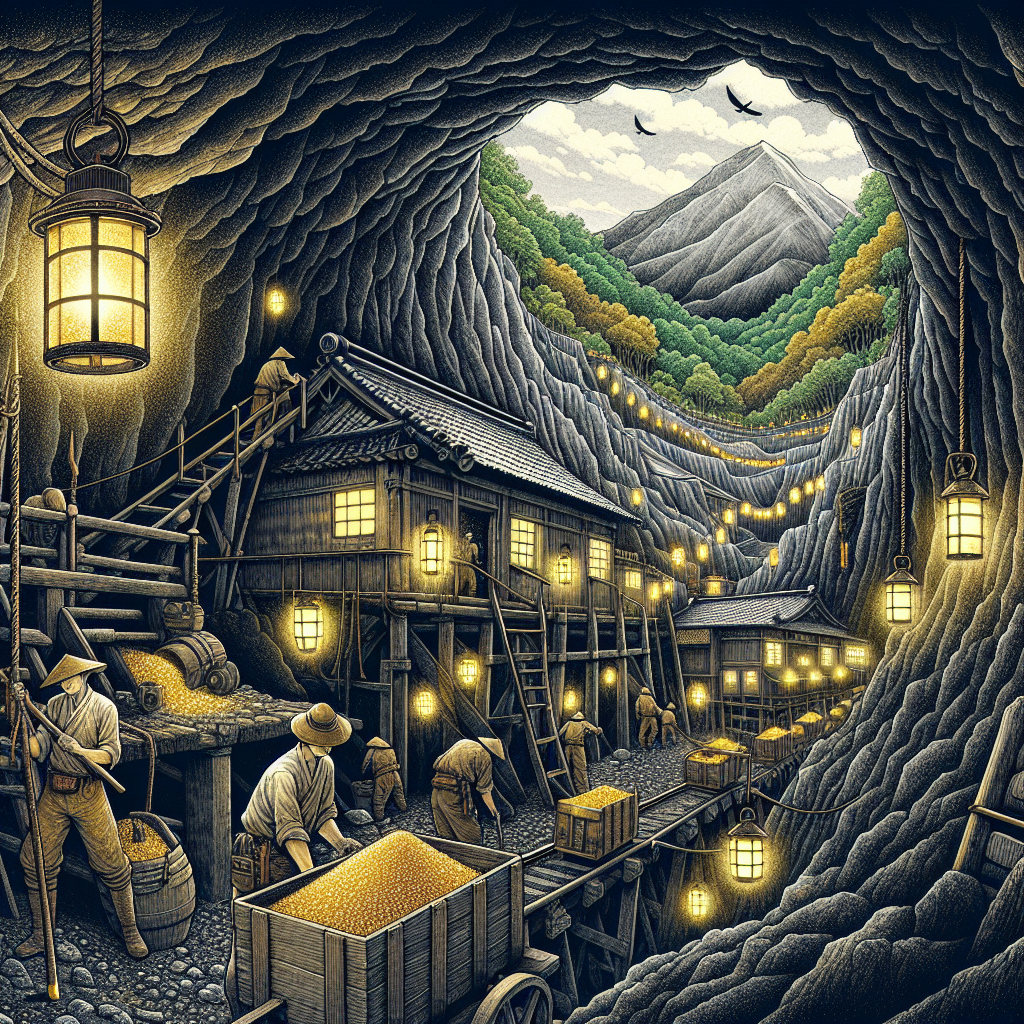UNESCO Lists Japan's Controversial Sado Mine as World Heritage Site
Japan's Sado gold mine has been designated a UNESCO World Heritage site after Japan agreed to acknowledge its dark history involving the forced labor of Korean workers during WWII. This decision marks a step toward improving Japan-South Korea relations, which have been historically strained over such issues.

The UNESCO World Heritage committee decided to register Japan's controversial Sado gold mine as a cultural heritage site after Japan agreed to acknowledge its dark history involving Korean labourers during World War II.
This decision heralds an improvement in relations between Tokyo and Seoul.
Located off the coast of Niigata, northern Japan, the Sado gold mine operated for nearly 400 years and was once the world's largest gold producer before closing in 1989. However, it also has a grim history tied to Japan's wartime abuses of Korean labourers.
In New Delhi, committee members, including South Korea, unanimously supported the listing during their annual meeting. They confirmed that Japan had provided additional information, made necessary amendments, and consulted with South Korea regarding the mine's wartime history.
The Japanese delegate affirmed that new exhibition materials have been installed to explain the harsh conditions faced by Korean labourers and to acknowledge their hardships. Japan admitted that Koreans were assigned more dangerous tasks, with inadequate food and nearly no rest, resulting in some fatalities.
Japanese officials announced that an annual memorial service will honor all workers at the Sado Island gold mines. The South Korean delegation expressed hopes that Japan will maintain its commitment to presenting an honest account, showing both the positives and negatives of the Sado mine, to aid in long-term relations improvement.
To gain South Korea's support, Japan had to demonstrate a commitment to acknowledging its wartime atrocities. Disputes over historical issues, such as forced labor during the 1910-1945 colonization of the Korean Peninsula, have long strained bilateral relations.
Historians note that Japan used hundreds of thousands of Korean labourers, including those forcibly brought from Korea, in mines and factories during labor shortages as men were sent to war. Sado was one of such sites.
Japan's government has faced criticism for its reluctance to address wartime atrocities, including the severe abuse of Asian women, known as 'comfort women,' and Korean forced laborers.
The Sado Island mine is celebrated for advancements in mining technology but its dark wartime history was previously unacknowledged. Japan initially sought World Heritage status for the mine last year, but the application lacked sufficient information.
In June, the International Council on Monuments and Sites advised Japan to provide a more complete account of the Sado mines. The requested details were technical and unrelated to wartime history disagreements.
In 2015, another controversial site, Gunkanjima or Battleship Island in Nagasaki, received UNESCO recognition but faced protests from South Korea for omitting information about Korean laborers' suffering, prompting UNESCO to urge Japan to present a more balanced history.
(With inputs from agencies.)










